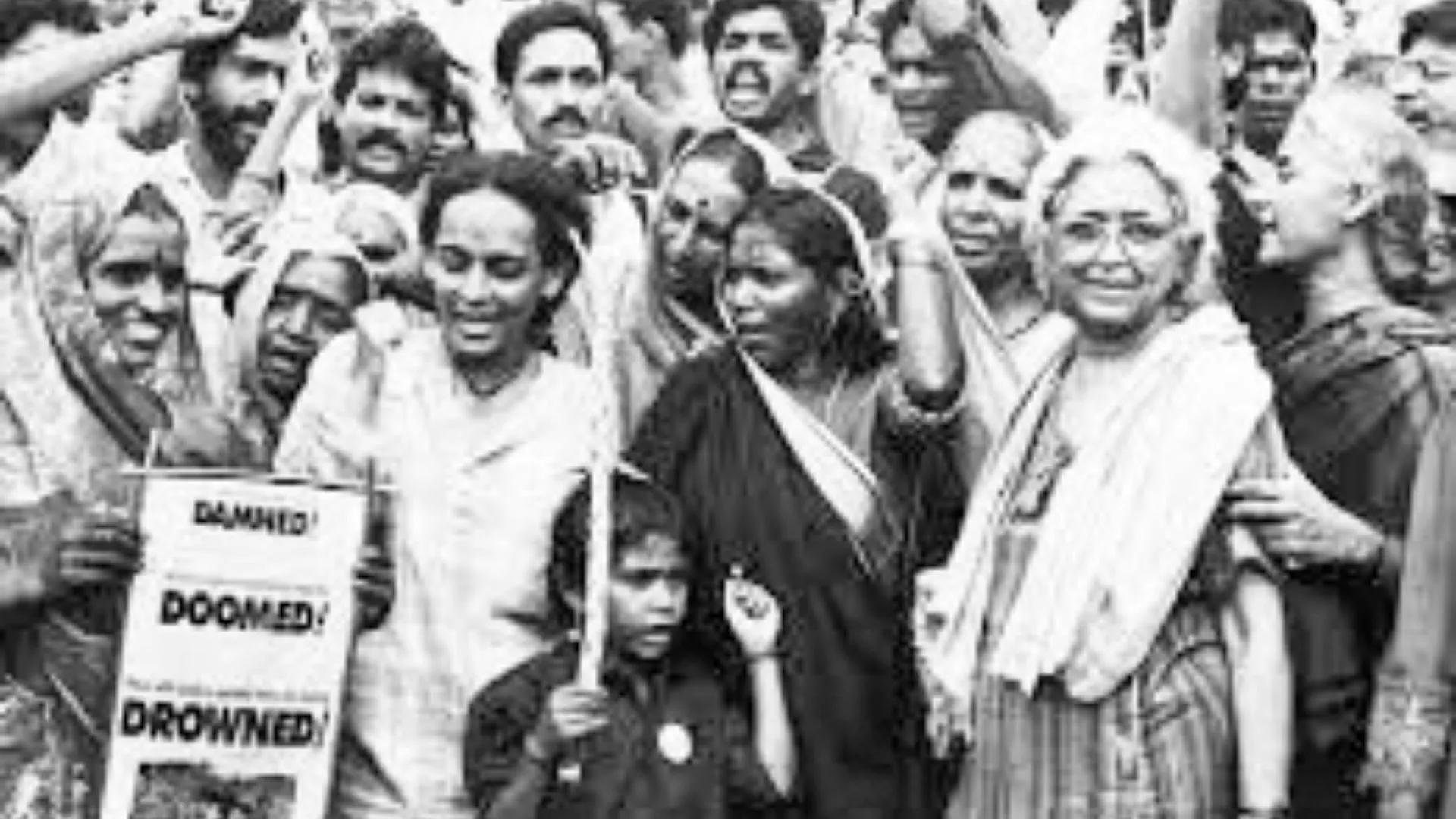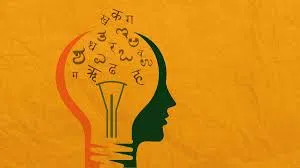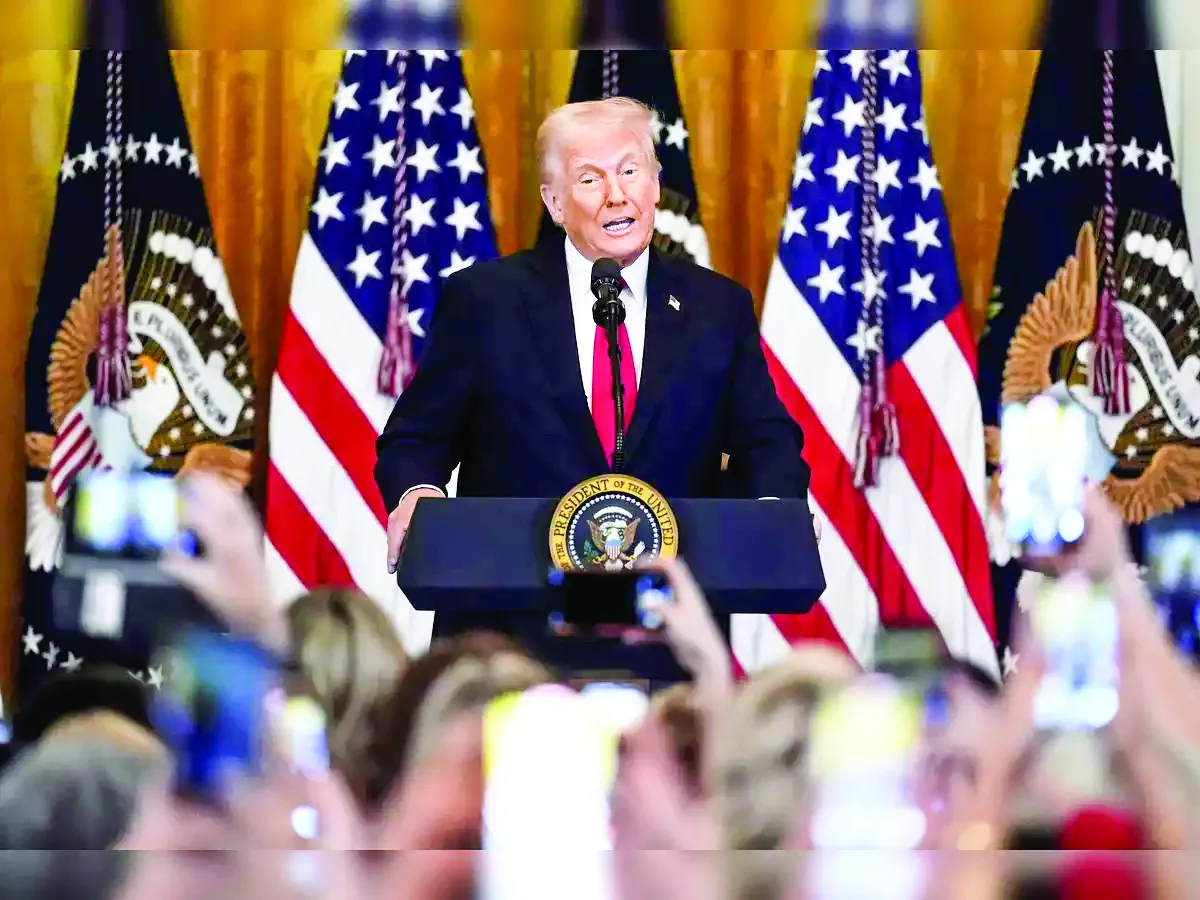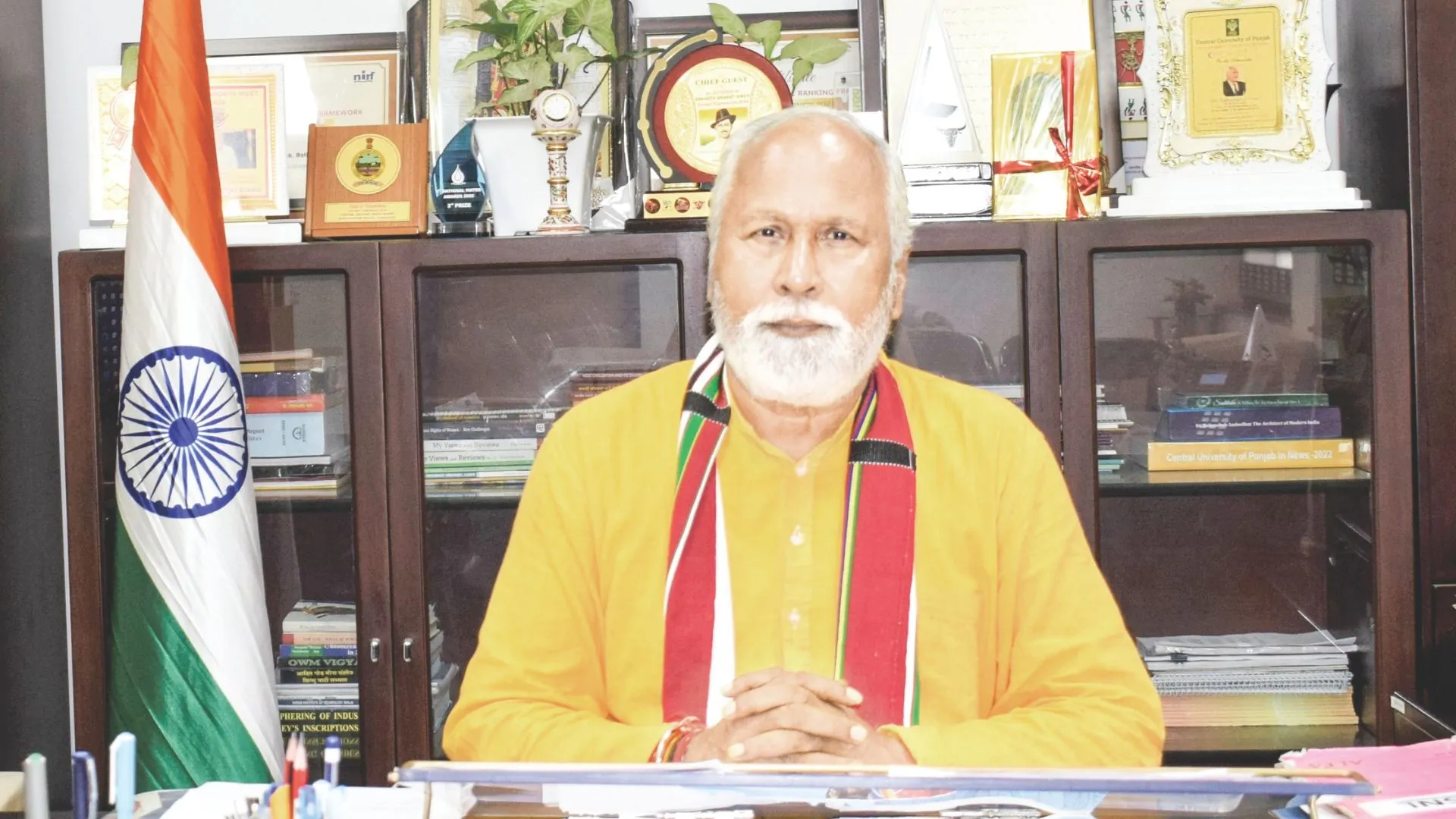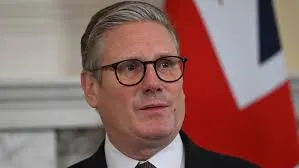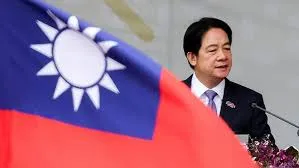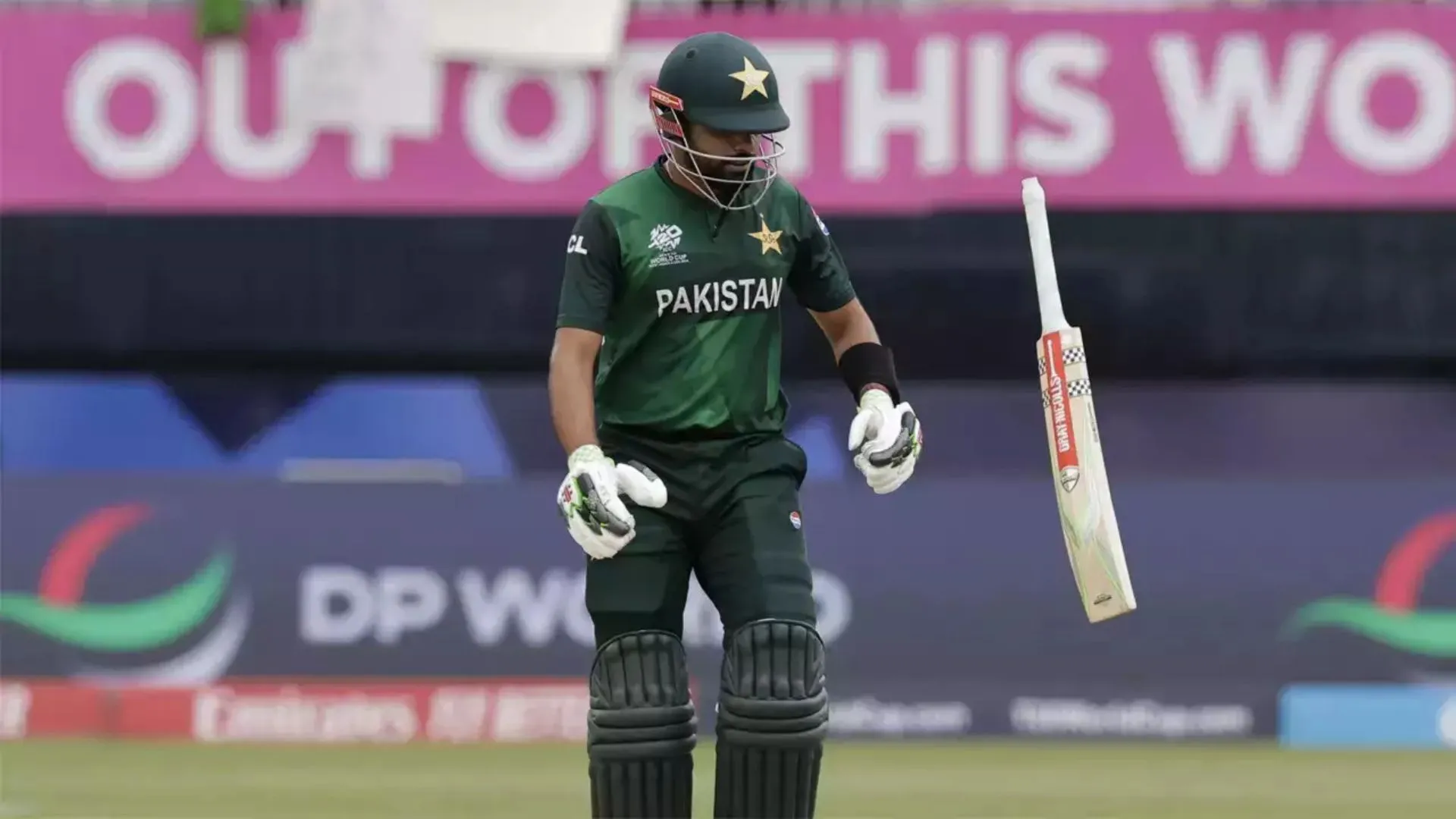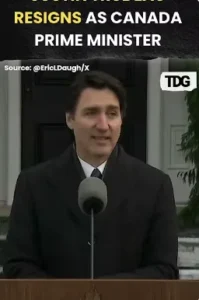In the vibrant tapestry of a democracy, the fundamental right to freedom of speech and expression serves as the very thread that holds it together. It is the cornerstone upon which dissent is built, ideas are exchanged, and governments are held accountable. Recent events, particularly the ongoing discourse surrounding stand-up comedian Kunal Kamra’s work, once again bring this crucial right into sharp focus, prompting a necessary introspection about its boundaries and the prevailing climate of tolerance. The controversy surrounding Mr. Kamra’s comedic acts, often critical of political figures and government policies, has sparked heated debates. While some view his brand of humour as essential satire, others perceive it as crossing a line, leading to calls for censorship or even legal action. This situation inevitably draws a parallel to the era of the legendary cartoonist R.K. Laxman. For decades, Laxman’s iconic “Common Man” fearlessly skewered politicians across the spectrum, his sharp wit and insightful observations becoming a mirror reflecting the nation’s socio-political realities. His cartoons were not always flattering, yet they were largely accepted as a vital part of public discourse, often prompting reflection rather than outright condemnation.
The contrast between the reception of Laxman’s pointed critiques and the backlash faced by contemporary satirists like Mr. Kamra raises a crucial question: have our levels of tolerance for dissenting voices diminished? Or perhaps, is there a growing bias based on who the criticism is directed towards? The angle of personal bias undoubtedly plays a significant role in how we perceive and react to criticism. When a comedian or a cartoonist targets a leader or a party we support, our immediate reaction might be one of offense or defensiveness. Conversely, when the target is someone we oppose, we might be more inclined to see the humour or the validity of the critique. This inherent human tendency towards bias can cloud our judgment and make it difficult to objectively assess the merit of the speech itself. A particularly concerning aspect of the current climate is the perceived difference in reaction when criticism is directed at the government versus when it targets leaders in the opposition. In a healthy democracy, the ruling dispensation, wielding the power of the state, must be particularly open to scrutiny and dissent. Curbing voices that question the government’s policies and actions can stifle accountability and lead to an environment where alternative perspectives are suppressed. While criticism against opposition leaders is also part of the democratic process, the potential ramifications of silencing voices critical of the government are arguably more profound, as it directly impacts the checks and balances essential for preventing authoritarian tendencies.
The line between legitimate criticism and defamation or incitement to violence is undoubtedly a delicate one. However, this line must be drawn carefully and objectively, based on established legal principles, and not on the subjective sensitivities of those in power or their supporters. The fear of facing legal action or social ostracism for expressing critical views can have a chilling effect on free speech, leading to self-censorship and a less informed public discourse.
As a nation deeply committed to democratic values, we must strive to cultivate a culture of greater tolerance for diverse viewpoints, even those that make us uncomfortable. The ability to laugh at ourselves, including our leaders and our policies, is a sign of a mature and confident society. While disagreement and debate are inherent to a democracy, the suppression of dissenting voices, regardless of who they target, ultimately weakens the very foundation upon which our freedoms are built. Upholding the fundamental right to freedom of speech and expression, in its truest sense, requires us to be vigilant against any attempts to stifle legitimate criticism and to foster an environment where all voices, even those that challenge the status quo, can be heard without fear. This controversy inevitably draws parallels to the iconic work of R.K. Laxman, whose cartoons, published over decades, fearlessly lampooned politicians and societal foibles. Laxman’s “Common Man,” a silent observer of the political circus, became a symbol of the ordinary citizen’s voice, a voice that often spoke truth to power through biting wit and visual commentary. While Laxman’s work was undoubtedly critical, it was also imbued with a sense of gentle irony, a quality that perhaps mitigated the sting of his satire.
The Indian Constitution, through Article 19(1)(a), guarantees the right to freedom of speech and expression, a cornerstone of our democratic fabric. However, this right is not absolute and is subject to reasonable restrictions, including those related to public order, decency, and morality. The challenge lies in defining these restrictions in a manner that safeguards both individual liberty and societal harmony. Moreover, the discourse surrounding such cases must move beyond partisan rhetoric and engage with the nuanced realities of artistic expression. We must foster a culture of tolerance, where differing opinions are respected, and where satire is recognized as a legitimate, albeit sometimes provocative, form of social commentary.
The Kunal Kamra dispute, like many before it, serves as a stark reminder that the freedom of speech is not a static concept. It is a dynamic and evolving right, constantly tested and redefined by the changing tides of society. As we navigate this complex terrain, we must remember that the true strength of a democracy lies not in suppressing dissent but in fostering a robust and open exchange of ideas, even those that make us uncomfortable.
Prof. (Dr.) Deevanshu Shrivastava, Professor of Law, GL Bajaj Group of Institutions, Greater Noida.

